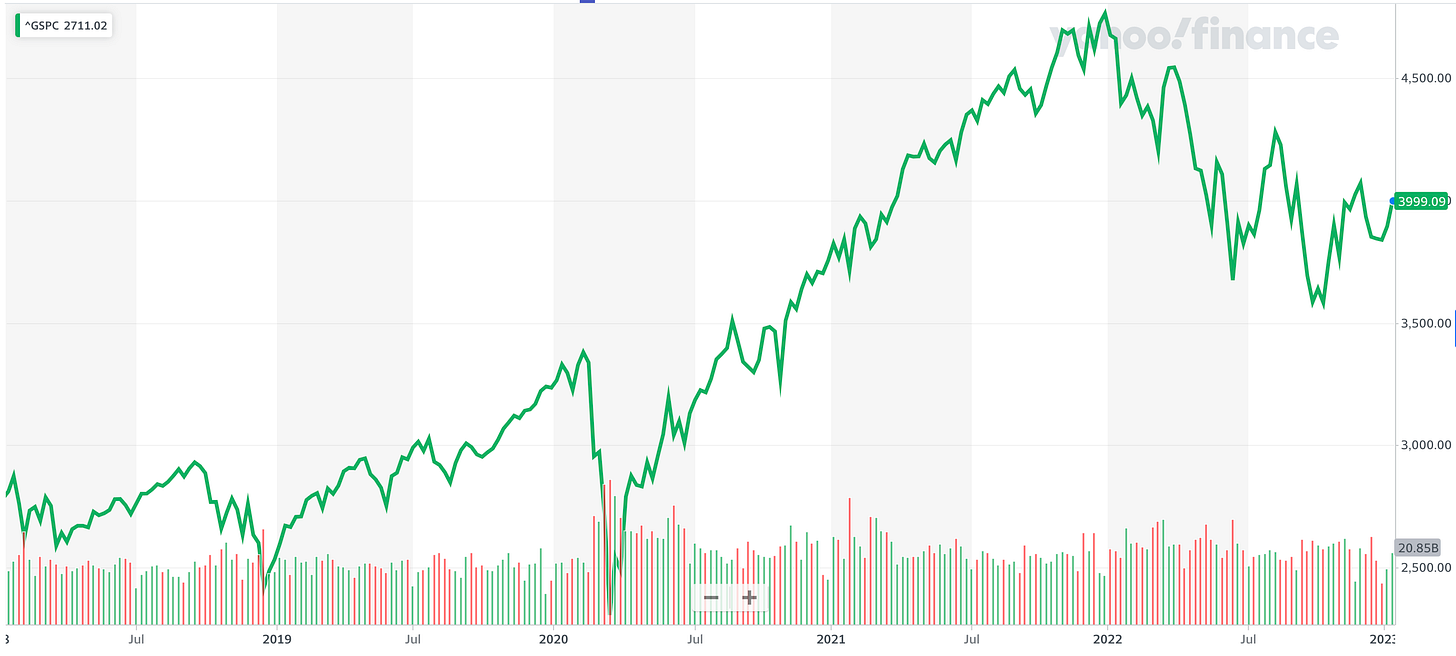Some stock market charts to consider as we look forward 📉📊📈
Plus a charted review of the macro crosscurrents 🔀
Stocks rallied again, with the S&P 500 climbing 2.7% last week. The index is now up 11.8% from its October 12 closing low of 3,577.03 and down 16.6% from its January 3, 2022 closing high of 4,796.56.
The past two weeks have come with loads of new data, and a lot of analysts returning from break publi…
Keep reading with a 7-day free trial
Subscribe to 📈 TKer by Sam Ro to keep reading this post and get 7 days of free access to the full post archives.


